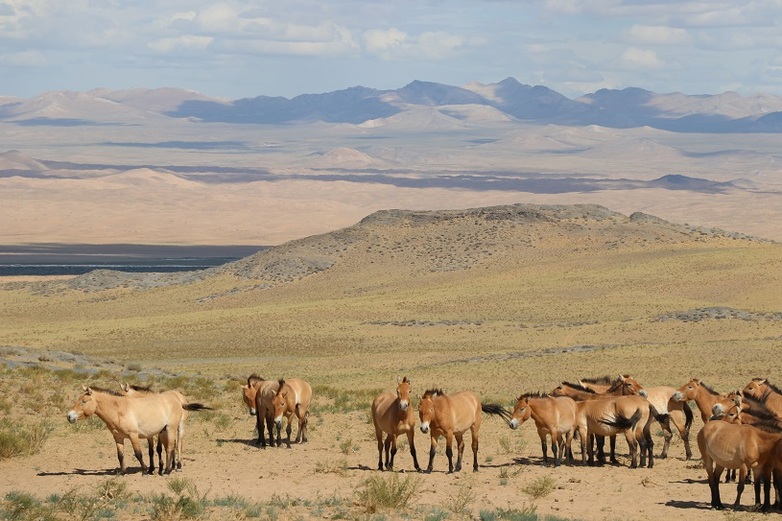Preserving the capacities of nature in protected areas
Supporting Protected Areas for the Conservation of Ecosystem Services, Phase II (SPACES II)
-
Commissioning Party
German Federal Ministry for Economic Cooperation and Development (BMZ)
-
Country
-
Lead executing agency
More
-
Overall term
2024 to 2028
-
Products and expertise
Climate, environment, natural resource management
Context
Mongolia’s biodiversity forms the economic and cultural basis of the country. In order to preserve it, large areas have been placed under protection. Despite these efforts, biodiversity remains under threat from climate change and the overexploitation of natural resources.
A large part of the rural population lives in buffer zones surrounding the protected areas. Poverty results in degradation of protected areas through intensive grazing activities. This in turn jeopardises the local population’s livelihoods as their animals can only find food in healthy ecosystems with a high level of biodiversity in the long term.
Objective
Reformed, environmentally friendly and gender-sensitive management concepts have been implemented in the landscapes of selected protected areas with the support of the local population.
 © GIZ/Greta Schmidt
© GIZ/Greta SchmidtApproach
The project advises the Mongolian Ministry of Environment and Tourism on the legal basis for nature reserves. The previous project supported the reform of the national protected areas act. Now, the amendments to the act have to be specified in more detail through implementation regulations. To enable more efficient protected area management, it promotes efforts towards co-management, self-financing of protected areas and the development of protected area regulations set out in law and applied in practice.
Selected protected areas receive support in implementing specific reform approaches on topics such as forest, waste, tourism and co-management. It provides technical advice to the protected area administrations and at the same time works with civil society and private stakeholders on relevant value chains.
With its work on environmental education and communication, the project supports the implementation of the new law on protected areas, promotes the acceptance of protected areas among the population and thus reduces the pressure on protected areas. Together with the protected area administrations, it is testing approaches to environmental education and communication in selected protected areas in order to subsequently disseminate the information at national level. The project is also developing training courses for rangers and environmental education programmes for children and young people.
Last update: April 2024





